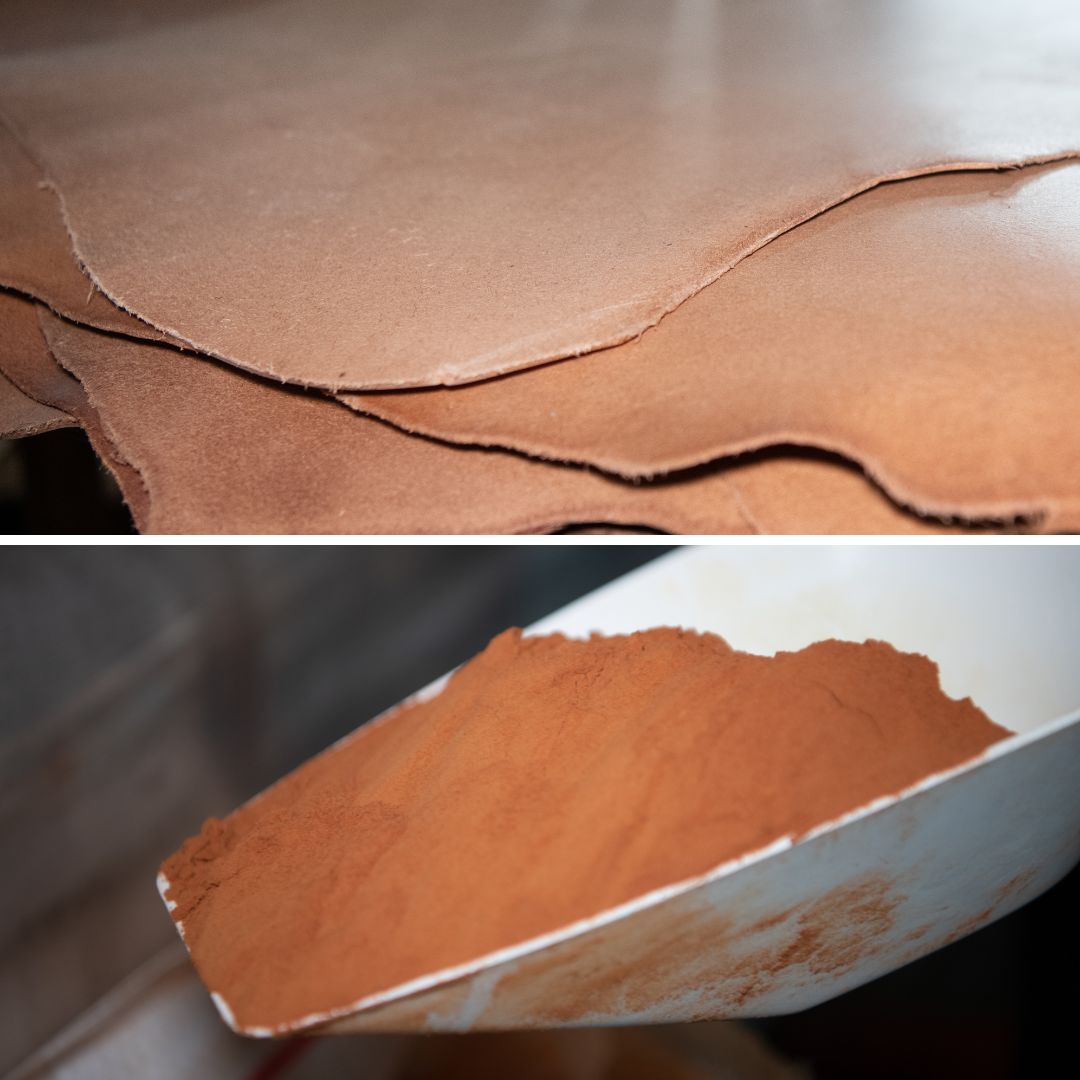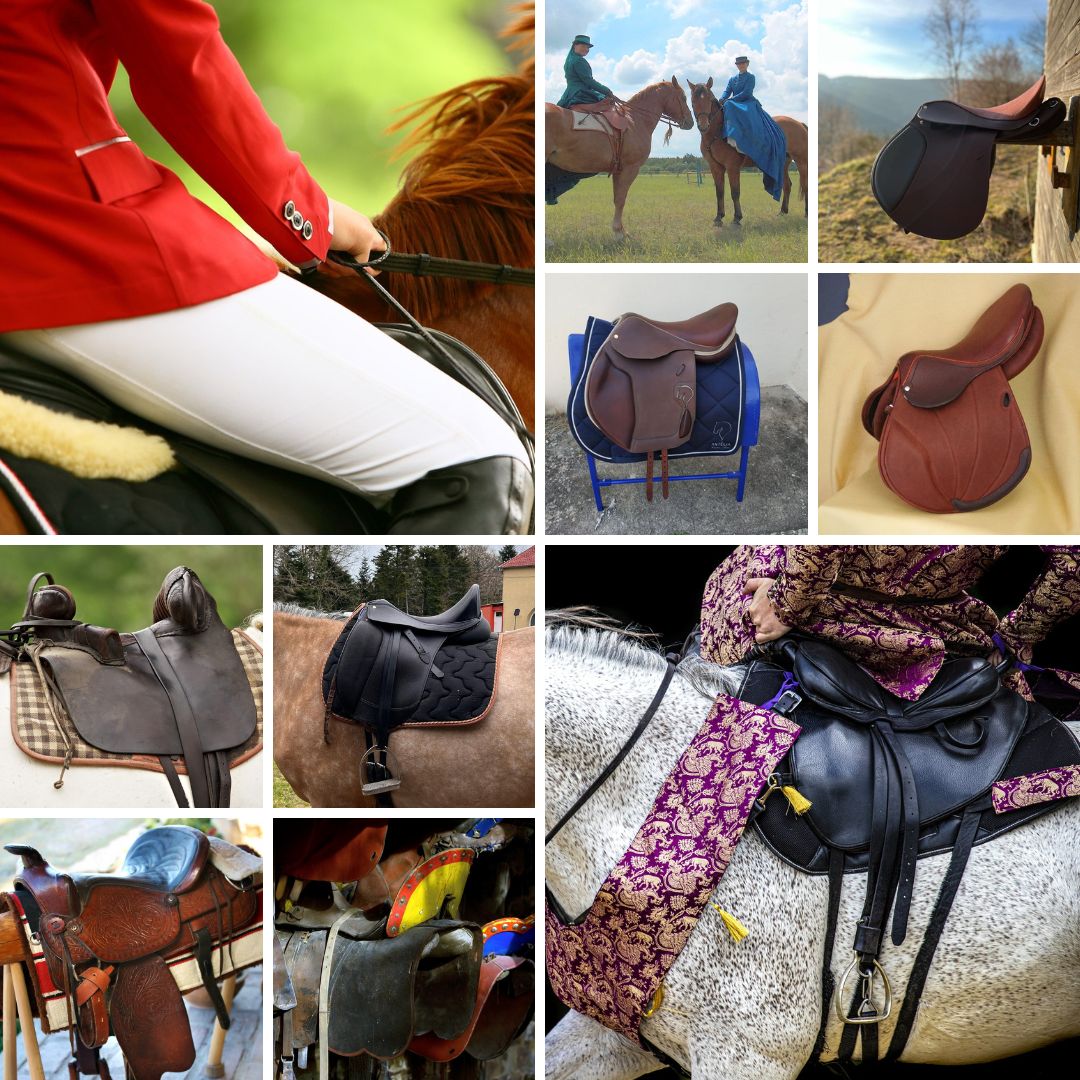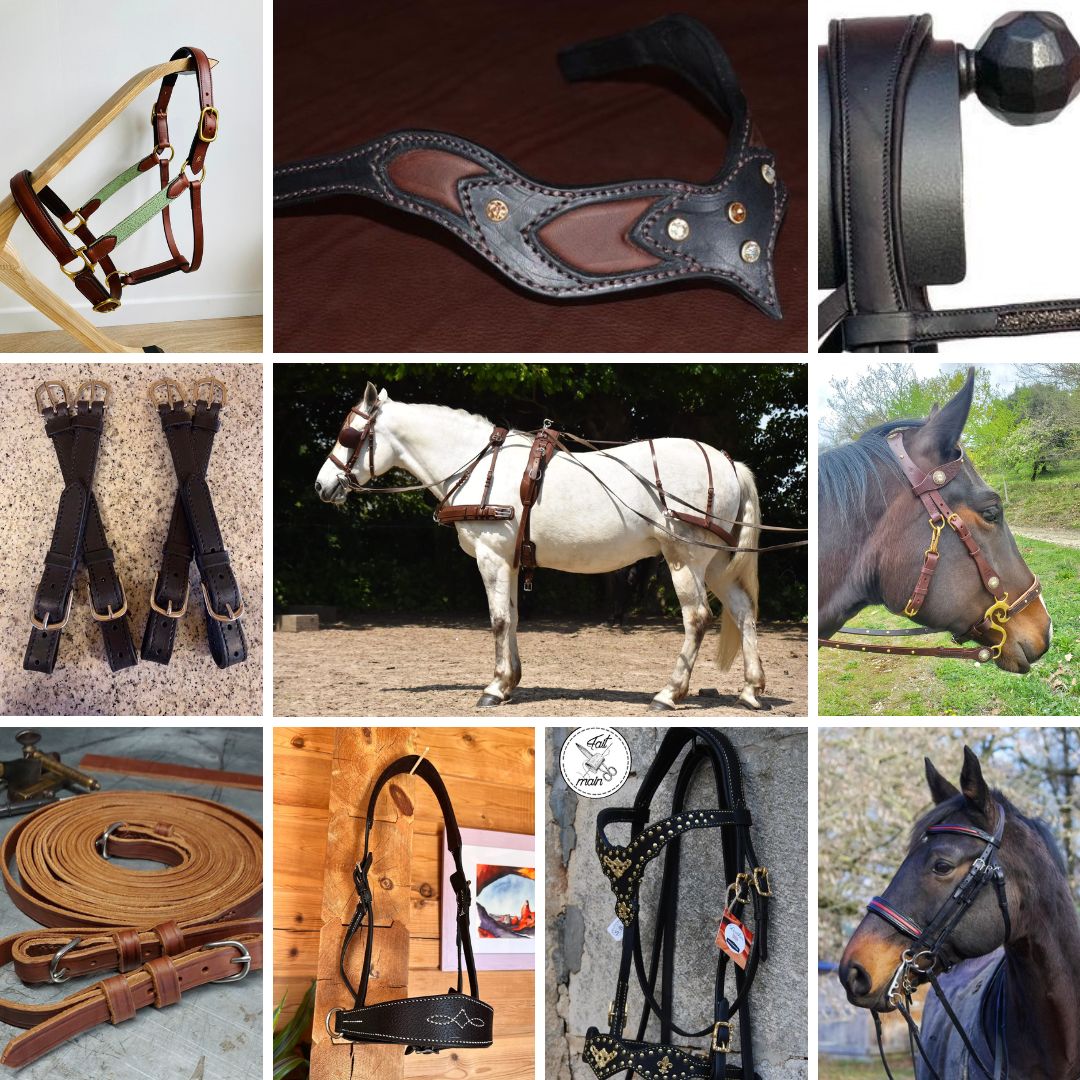
Traceability, circular economy, transparency, etc. are crucial issues in all fields and are more topical than ever. The traceability of leather is now an essential prerequisite for quality control and supply chain optimisation.
Mandatory traceability of meat, but not of skin
Each animal is identified from birth by a unitary tag bearing a unique number. This number identifies :- Country and department of birth
- The breeder's number
- An animal-specific identifier
This traceability is mandatory in most European countries.

At the time of slaughter, a number, specific to each slaughterhouse, is associated with this identifier. This number will follow the animal's carcass until it is cut up. However, when the skin is removed from the animal, this identification is not transferred to the skin.
Laser marking tests are underway to maintain traceability on the hides. This method has its limits as soon as the leather is cut.
Furthermore, as we work with leather in a natural way and in pure aniline, a selection of raw material is made in order to guarantee this quality of thickness, density of fibre and grain. This selection involves a mix of breeding and slaughterhouses on our supply. Thus a batch of finished leather produced has an animal origin not from one breeding but from many different and selected breeding and slaughterhouses.
As explained in our article on our eco-responsible approach, thanks to a meticulous work with our partners, we select the skins from targeted farms mainly in France and Germany. When the raw hides arrive, we know the region of origin of the hides.
Traceability, a request from consumers
Traceability is in fact the result of a request from consumers who are more and more oriented towards thoughtful rather than compulsive purchasing, and who demand more transparency, particularly with regard to the impact of its creation on the environment.
The COVID 19 health crisis has certainly accelerated this awareness among consumers by stopping their "over-consumption" purchases and giving priority to sustainability over quantity and price. With regard to leather, consumers are increasingly concerned about animal welfare.
But behind the issue of the quantity of information, there is above all the issue of quality and the value of each stage of the production chain.
Is traceability linked to quality?
The "defects" of a leather can be :
- Related to the conditions in which the animal is kept (barbed wire, insect bites, etc.)
- Slaughter-related (cuttings, etc.)
- Related to the transport of hides
- Technical, production-related
In order to ensure the quality of the leather linked to its production, Radermecker Tannery has implemented a leather traceability process throughout the leather production process.

The leathers are thus marked 3 times with 3 identifiers at each stage:
- A marking is made on receipt of the skins, which allows the origin of the skins to be traced. This marking is made with the letter A + 2 numbers

- A marking is then made during the tanning process with the letter B + 2 numbers

- Finally, a marking is made during the finishing process with the letter C + 2 numbers
Thus a finished leather, where all production steps have been completed, is marked with 9 letters and numbers, allowing the tannery to track all production steps, including all formulas used, that the leather has undergone.









